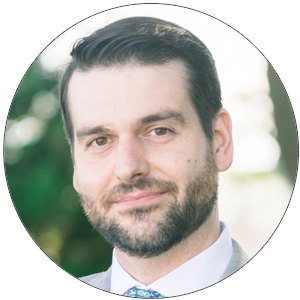Quest for Quantum: Could the key to the secrets of the universe be discovered in Colorado?

What if I told you that the laws of traditional physics aren’t enough to unlock the secrets of the universe?
What if I said that there are people devoted to a fundamentally new way of understanding science that could revolutionize the way we discover new drug therapies, map the cosmos, protect sensitive data, combat climate change and maybe even discover new forms of life?
What if I told you that you’re living smack dab in the middle of the place where this new movement — a technological and theoretical system ripped from the pages of a science-fiction novel — is being puzzled…
THIS ARTICLE IS FOR SUBSCRIBERS ONLY
Continue reading for less than $3 per week!
Get a month of award-winning local business news, trends and insights
Access award-winning content today!




